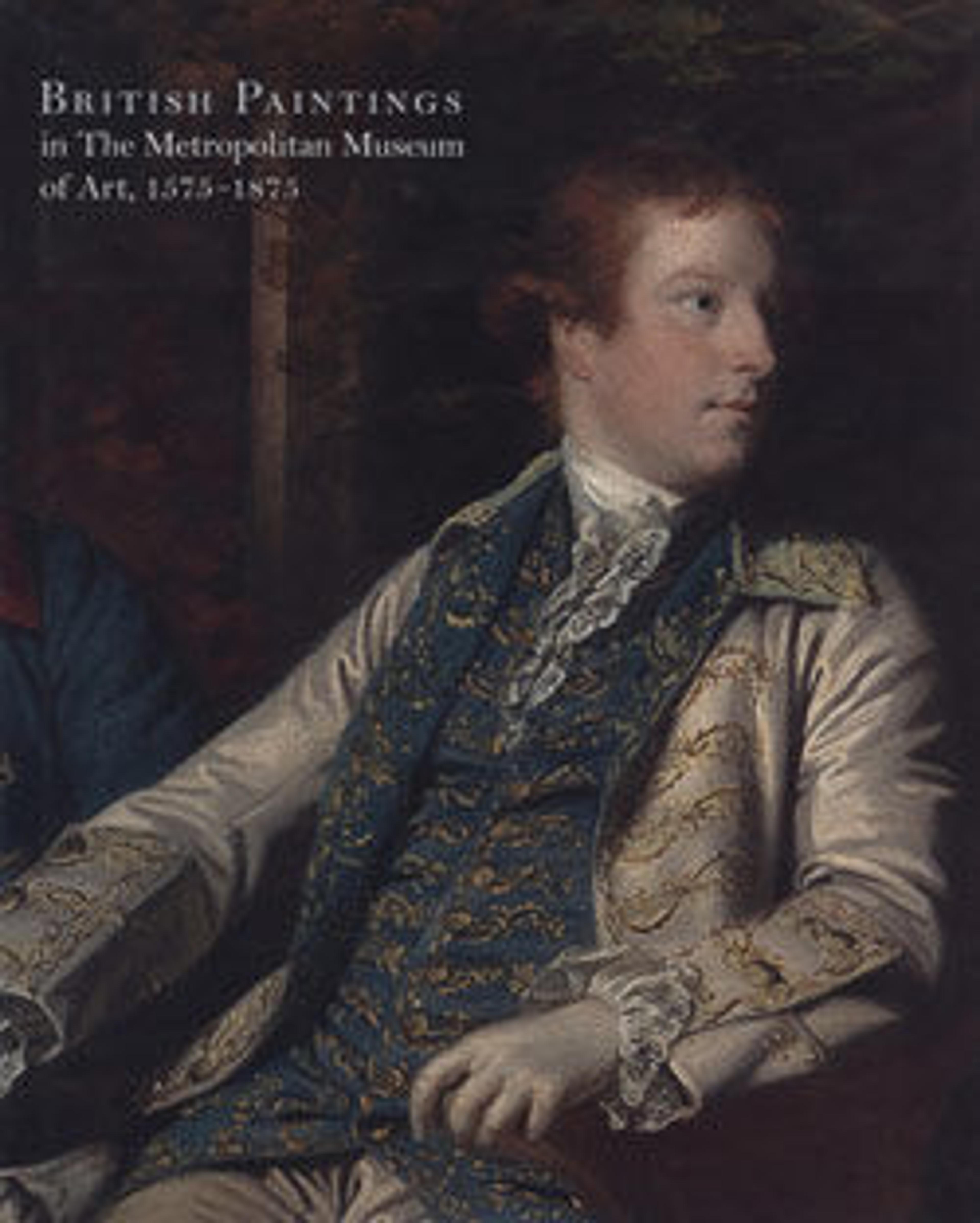Roadside Halt
Set in Normandy, this canvas of 1826 is painted with a fluidity and lightness akin to watercolor, a medium in which Bonington excelled. Although the artist had been painting with oils for only about four years, works such as this were sufficiently remarkable to impress Eugène Delacroix, who wrote: "I could never weary of admiring his marvelous understanding of effects, and the facility of his execution."
Artwork Details
- Title: Roadside Halt
- Artist: Richard Parkes Bonington (British, Arnold, Nottinghamshire 1802–1828 London)
- Date: 1826
- Medium: Oil on canvas
- Dimensions: 18 1/4 x 14 7/8 in. (46.4 x 37.8 cm)
- Classification: Paintings
- Credit Line: Gift of Francis Neilson, 1945
- Object Number: 45.146.1
- Curatorial Department: European Paintings
More Artwork
Research Resources
The Met provides unparalleled resources for research and welcomes an international community of students and scholars. The Met's Open Access API is where creators and researchers can connect to the The Met collection. Open Access data and public domain images are available for unrestricted commercial and noncommercial use without permission or fee.
To request images under copyright and other restrictions, please use this Image Request form.
Feedback
We continue to research and examine historical and cultural context for objects in The Met collection. If you have comments or questions about this object record, please contact us using the form below. The Museum looks forward to receiving your comments.
